Found 2,542 symbols matching: Page #64
Monochrome
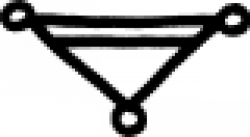 | Clay (alternate #1) One of several alchemical signs for clay. |
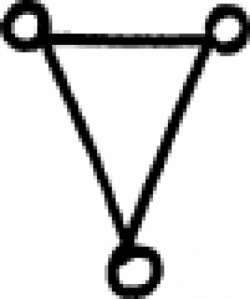 | Clay (alternate #2) One of several alchemical signs for clay. |
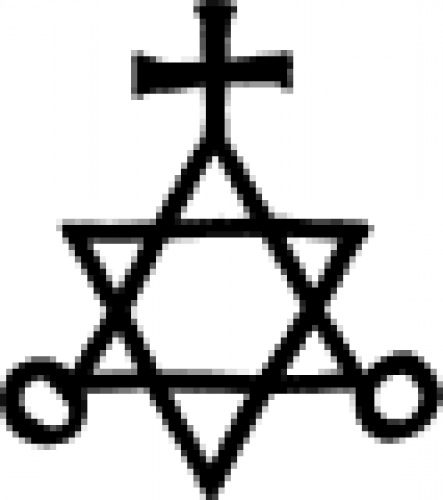 | Coal (alchemy) A symbol used to represent coal (also known as 'carbo') in 18th century chemistry. |
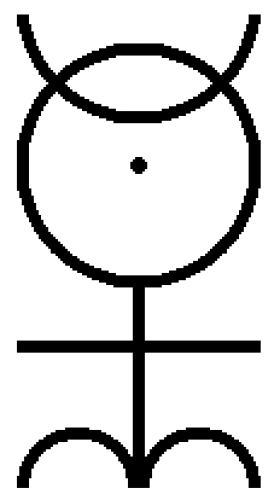 | Monad of Dr. John Dee Although this symbol dates back less than five hundred years, the components it consists of, as well as the meanings of those components, are significantly older. |
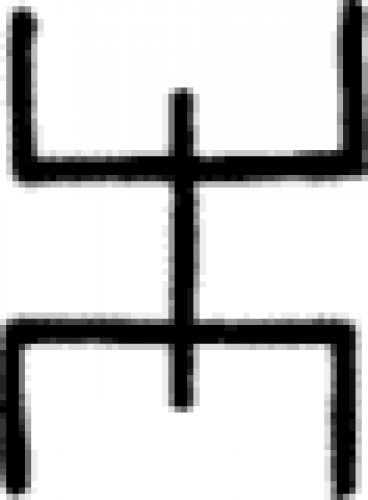 | Val Camonica A Bronze Age symbol carved on the face of Val Camonica in the southern area of the Alps (Italy). One possible interpretation of this family of symbols ('Val Camonica #2' and 'Val Camonica #3') is of … |
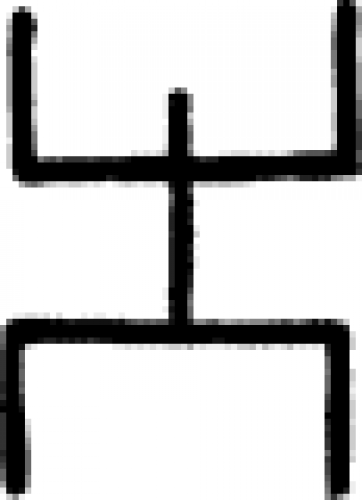 | Val Camonica #2 A Bronze Age (roughly 800 B.C.E.) symbol carved on the face of Val Camonica in the southern area of the Alps (Italy). One possible interpretation of this family of symbols ('Val Camonica' and 'Val Ca… |
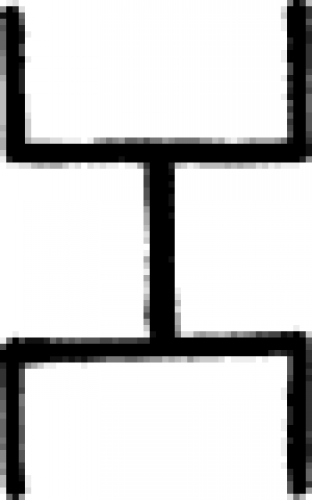 | Val Camonica #3 A Bronze Age (roughly 800 B.C.E.) symbol carved on the face of Val Camonica in the southern area of the Alps (Italy). One possible interpretation of this family of symbols ('Val Camonica' and 'Val Ca… |
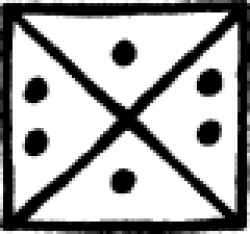 | Rio Majes A carving from the valley of Rio Majes in southern Peru (roughly 300 B.C.E.). Possibly indicates a house, but no contextual information known at this time. |
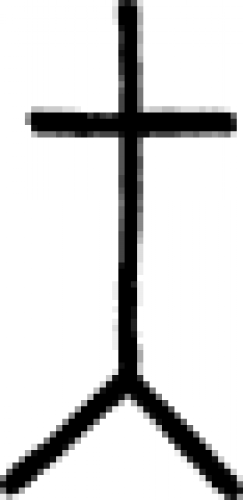 | Salzburg A carving discovered near Salzburg, Austria. No contextual information is known at this time. |
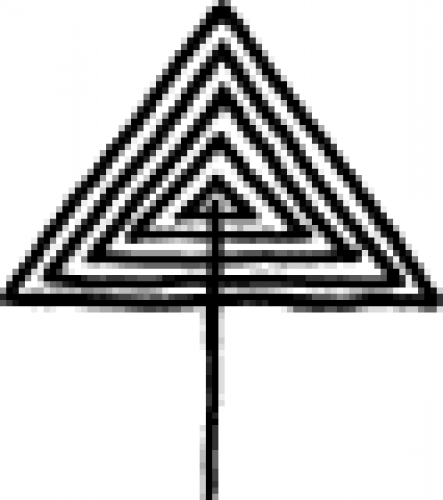 | Salzburg #2 A carving discovered near Salzburg, Austria. No contextual information is known at this time. |
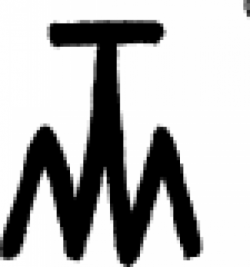 | Cueva de los Letreros Dating back five thousand years, this carving was discovered at Cueva de los Letreros, located near the city of Almeria in southern Spain. No contextual information is known at this time. |
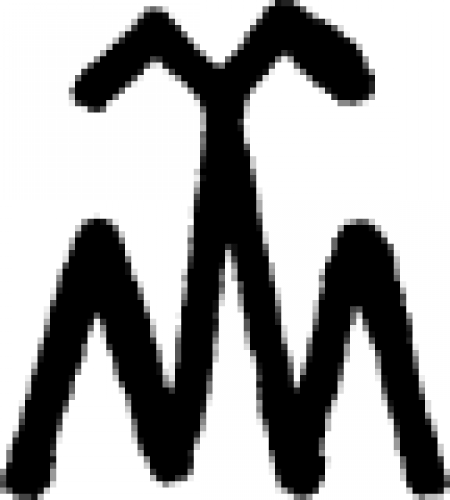 | Cueva de los Letreros #2 Dating back five thousand years, this carving was discovered at Cueva de los Letreros, located near the city of Almeria in southern Spain. No contextual information is known at this time. |
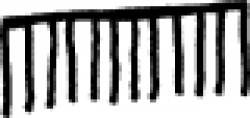 | Fuencaliente #1 Found in the Fuencaliente municipality near the city of Ciudad Real in southern Spain. Dates back between four thousand and six thousand years ago. No contextual information known at this time. |
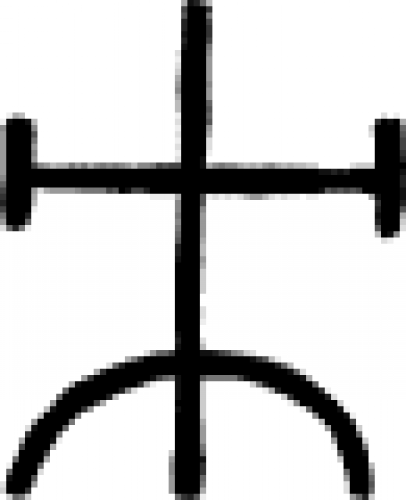 | Galicia Dating back to roughly 3000 B.C.E., this carving was found in the region of Galicia in the northwestern corner of Spain. No contextual information is known at this time. |
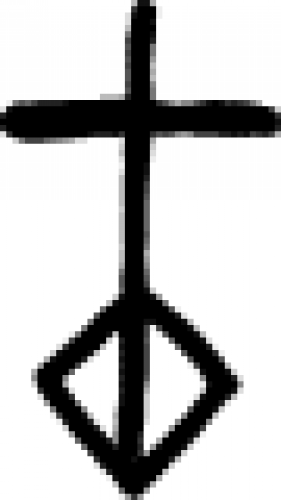 | Galicia #2 Dating back to roughly 3000 B.C.E., this carving was found in the region of Galicia in the northwestern corner of Spain. No contextual information is known at this time. |
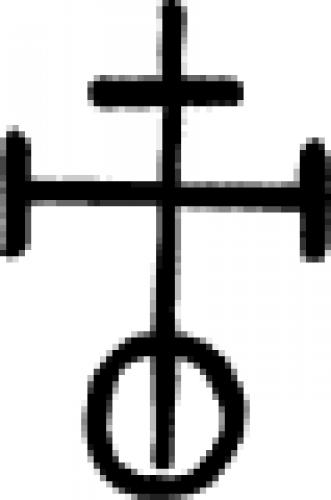 | Galicia #3 Dating back to roughly 3000 B.C.E., this carving was found in the region of Galicia in the northwestern corner of Spain. No contextual information is known at this time. |
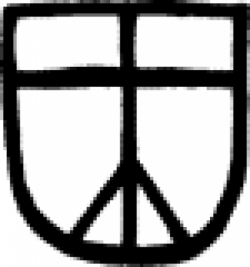 | Galicia #4 Dating back to roughly 3000 B.C.E., this carving was found in the region of Galicia in the northwestern corner of Spain. No contextual information is known at this time. |
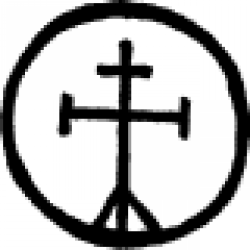 | Galicia #5 Dating back to roughly 3000 B.C.E., this carving was found in the region of Galicia in the northwestern corner of Spain. No contextual information is known at this time. |
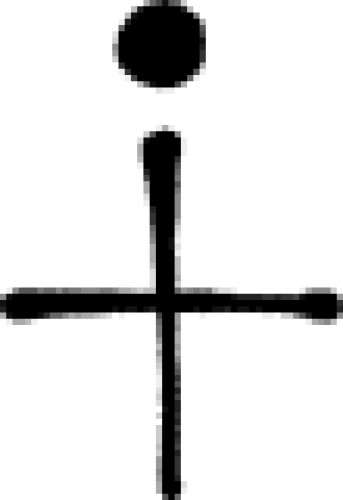 | Viascón #1 A Bronze Age carving from Viascón in Galicia, northwestern Spain. No contextual information known at this time |
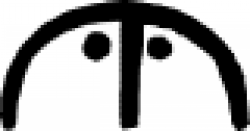 | Huelva A Neolithic carving discovered in a location called Soto, near the city of Huelva in southwestern Spain. No contextual information known at this time. |
 | Rio Majes #2 A carving from the valley of Rio Majes in southern Peru (roughly 300 C.E.). Possibly indicates lightning, but no contextual information known at this time. |
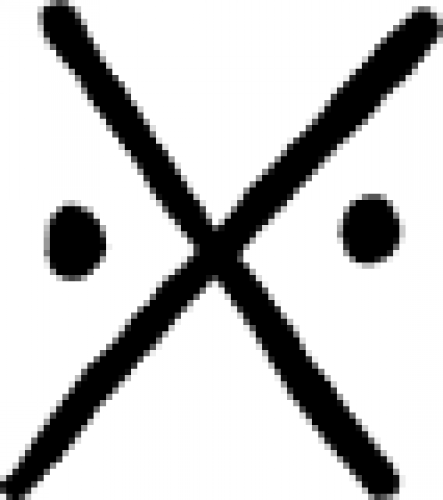 | Rio Majes #3 A carving from the valley of Rio Majes in southern Peru (roughly 300 C.E.). No contextual information known at this time. |
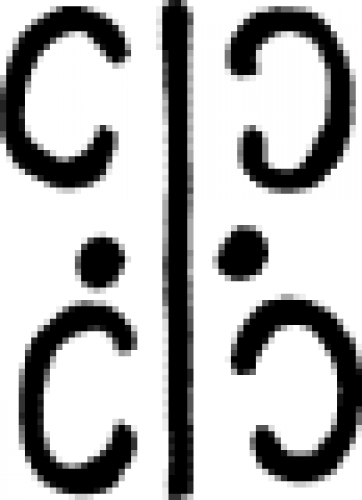 | England A Bronze Age carving discovered on a stone in England. No contextual information known at this time. |
 | Laguz *Laguz or *Laukaz is the reconstructed Proto-Germanic name of the l-rune ᛚ, *laguz meaning "water" or "lake" and *laukaz meaning "leek". |
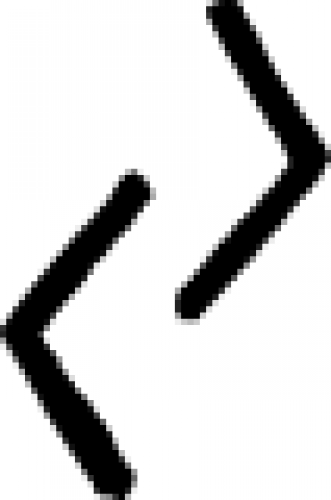 | Cher\Chor Indicates a good crop/harvest for the year. |
